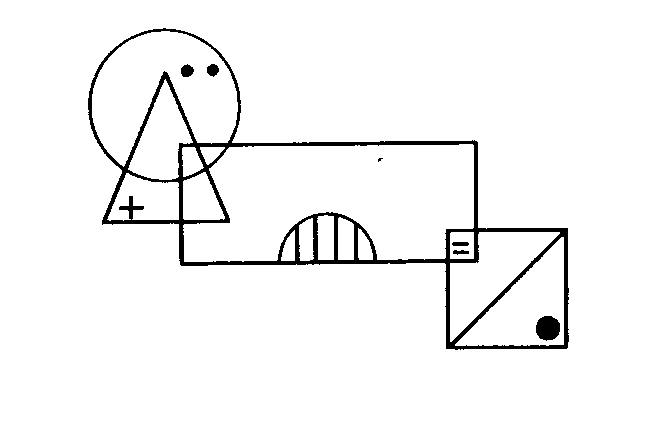| A-type (ROCF-A). Copyright © ECPA Paris, reproduction prohibited |
| B-type (ROCF-B). Copyright © ECPA Paris, reproduction prohibited |
Rey-Osterrieth Complex Figure (ROCF)
ROCF-A is suitable for child from the age of 6 years (primary school) and ROCF-B from 3-4 years (kindergarten). They were created by Swiss psychologist André Rey from Geneva in the early 40s, and studied by his assistant Paul Osterrieth from Brussels (1945).
Figure A is widely used. Figure B remains confidential but it is very useful in young children or whenever the other is not usable.
The method is the same for both:
- The subject must copy the figure, free time, without using any rule or gum,
- Then he must reproduce it from memory, once the model removed after a short break.
This test is very interesting because it is a "paper and pencil" test. It puts the subject in front of a new situation that he has to manage in a relatively short time (even if it is free). He must have a good spatial and mental organization in order to avoid saturation of his working memory and obtain a correct reproduction.
His scoring is done using several methods together:
- Computer aided quantitative scoring (quality of the drawing),
- Programmed analysis for Rey’s type scoring (from 1 to 7),
- Numerical parameters which give information in the field of personality,
- Line characters which can reveal some psychological peculiarities.
These analyzes provide in a few minutes a true "psychological portrait" of the subject, child or adult.
These items are described in the “Manuel des Figures de Rey” (Wallon, Mesmin, ECPA, 2009), in French. English translations are available on request.
|
 |